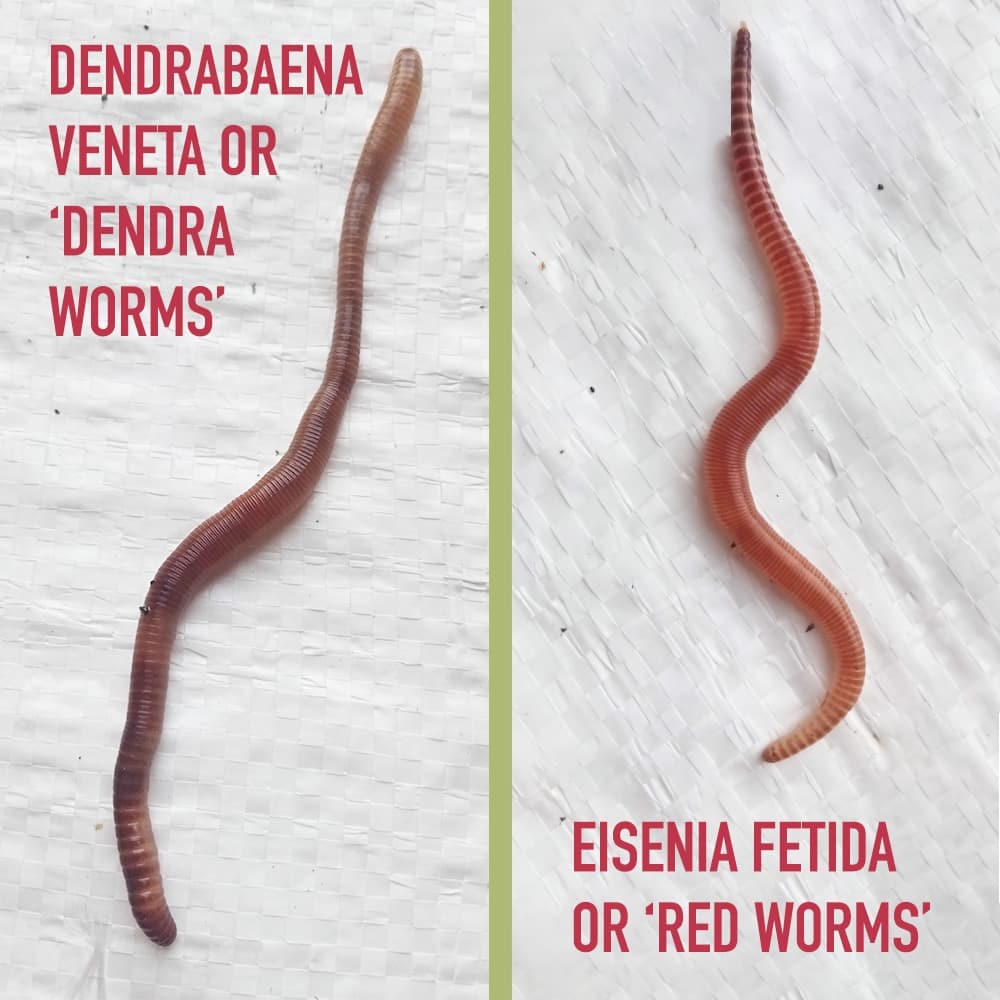Our Red Wiggler Express PDFs
Wiki Article
Top Guidelines Of Red Wiggler Express
Table of ContentsLittle Known Facts About Red Wiggler Express.How Red Wiggler Express can Save You Time, Stress, and Money.Some Known Questions About Red Wiggler Express.Our Red Wiggler Express Statements
Vermicomposting definitely isn't a new method. We've been doing it right here at Uncle Jim's for years. With the worldwide press for sustainability and with eco-friendly methods growing in popularity, people are ultimately coming about and acknowledging the environmental benefits of red wiggler worms and composting. In this post, we'll discuss how vermicomposting supports sustainable horticulture and the environmental benefits of red wigglers and various other earthworms.
This is the except it. If you want to check out thorough regarding red wiggles, we have an entire short article committed to them below. Now, let's get involved in the fundamentals of just how these worms support sustainable gardening methods and profit the environment: Worm composting is like a health club day for your dirt.
When included into your garden soil, these castings boost its framework, aeration, and water retention. This aids with plant development and health and wellness and does not call for making use of any chemicals. Did you know that natural waste comprises a substantial section of landfill product? And disintegrating organic waste in landfills produces big quantities of land fill gas (LFG), which is consisted of about 50% CO2 and 50% methane a greenhouse gas around 28 even more powerful than carbon dioxide.
By diverting your cooking area scraps and yard waste right into a worm composting container, you're properly decreasing the quantity of organic waste that finishes up in land fills. It's a win-win scenario for your yard and the earth. Forget chemical plant foods worm castings are the genuine deal. They're chock-full of necessary nutrients like nitrogen, phosphorus, and potassium.
Get This Report about Red Wiggler Express

Mix the nutrient-rich worm castings into your yard dirt or utilize them as a top clothing for potted plants. In a world where sustainability is becoming progressively crucial, red wigglers radiate as unrecognized heroes of horticulture.
Composting may seem like old news, however doing it with a bin complete of worms possibly doesn't. Red wiggler worms provide terrific advantages to the organic garden enthusiast, generating both a natural plant food and an effective chemical.
Worm spreadings might be purchased at stores such as SBS in Vineyard Place or Vineyard Gardens in West Tisbury, but to increase the worms in a compost bed and harvest your very own castings is a lot more enjoyable. The job of these worms is an element of sustainable living. Red wigglers are native to horse manure, where they delve to lay eggs.
Getting My Red Wiggler Express To Work
(https://blogbangboom.com/members/rwigglerexnc/profile/)He covers the bin with straw, after that a piece of old carpet. Lynn explains the production of spreadings and two usages: as a fertilizer and as a chemical. It passes via them and includes calcium to make this rich planet," she says."We call it gold tea," says Lynn. "I did it to see if it would certainly make a difference on white flies and aphids. My rosemary had a mold and mildew or fungi. After I sprayed, immediately it looked better." The red wiggler is a vast dog breeder, laying eggs as typically as when a week.
It takes 3 to 5 months for a baby worm to reach sexual maturity and the grown-up length of 3 inches. Their life expectancy is 4 to 5 years unless obviously they are used for bait. As freshwater fish bait, wigglers squirm responsible and survive underwater longer than traditional earthworms.

Red Wiggler Express Things To Know Before You Get This

Numerous years ago the Stelle family moved right into an Edgartown fixer-upper farm. "I intended to get involved in farming with things that didn't need to be tended to day-to-day like a cow. We were introduced to worm farming and started with 50,000 worms. That seems like a lot, however they're really small." She initially purchased her worms online from a worm farm in Vermont.
As one of the Epigeic course of compost worms, the generally does not show up in soils. Rather, it grows within the soils of ground covers, manure, and decomposing vegetation. The worm is red or reddish-brown in color and has a smooth, cylindrical shape. The clitellum, or saddle-like reproductive gland, lies about two-thirds of the way down the worm's body.
A red wiggler worm can mature to four inches in length however is normally just concerning two and a fifty percent inches. The worm has a small mouth situated at the front of its head. It also has little bristles, called setae, which help the worm move and support itself to surfaces.

Report this wiki page